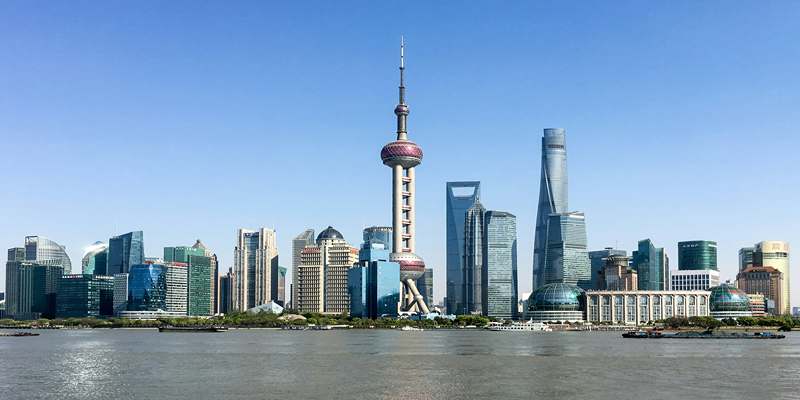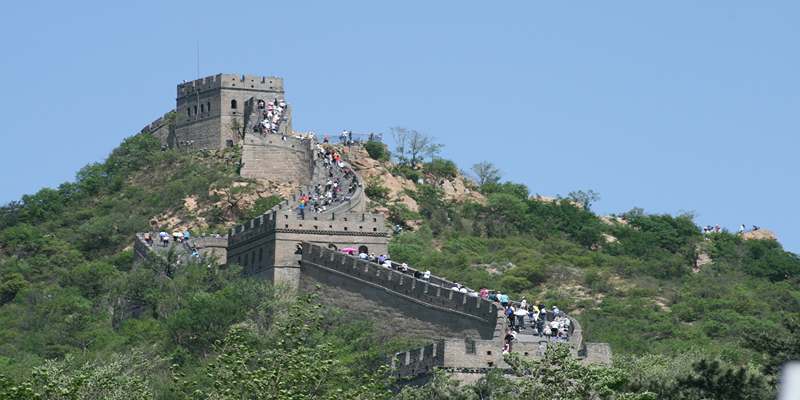A visit to China, a giant nation bearing expansive cities and fantastic sceneries, can be an enormously perplexing process for the first-time visitor. Luckily, the state provides a highly organized and effective transport system that eases access to and/or travel between and within cities. Traveling between Beijing and Shanghai or visiting some of the streets of Chengdu, you can choose both high-speed trains and cheap domestic flights between cities as well as local transportation. This guide to transportation in China outlines the effective means of transport in China using tips and details of the major modes of traveling. Traveling through China can be easy, comfortable, and even pleasing with a little bit of planning and the appropriate resources.

China Transportation Guide: Major Options Explained
High-Speed Rail Network
The high-speed rail that operates in China (also referred to as the G and D trains) is one of the broadest and fastest in the world. These trains cover the majority of big cities and are an alternative to flights, which is rather fast and comfortable. The travelers will be able to get the smooth journey, clean interior, and timely departure. The trains usually travel at a distance of 250 km/h to 350 km/h, thus facilitating transport within cities. They provide an enhanced portion of travel experiences when it comes to even such things as onboard food and up-to-date lavatories. Advance booking should be done during national holidays. The system is pretty good; stations are clearly marked, and both signages along the stations are in Chinese and English.
Domestic Flights Across China
Domestic flights are an option in China, especially when it concerns long-distance traveling. The time in traveling over long distances is saved by flying, given the number of flights every day between the big hubs and even some of the remote areas. Greater cities like Beijing, Shanghai, Guangzhou, and Chengdu have good air connectivity. The costs can be competitive to fly on, especially on low-cost, early-booked flights. Passengers are required, or in general required by the airline companies, to produce proper identification like passports of foreign visitors. The security is rigorous in the airports, but procedures are orderly. There can be airfare delays or delays because of the weather, and it is prudent to leave time cushions when making arrangements. It becomes easy to book the tickets online.
Buses and Long-Distance Coaches
Along with trains and flights, a bus and coach system is much more comprehensive because it is used to reach smaller places, towns, and country areas. These are especially effective when there is a need to visit places that are not serviced by high-speed trains. The long-distance buses are of different degrees of comfort, and some of them contain sleeper berths in case you want to have a journey during the night. The ticket is normally cheap and can be purchased either at the bus stations or from a local travel agent. Although not all signage is written in English, mobile translation applications will come to the rescue. Bus drivers also leave the bus stations and come with fixed bus timetables.
How to Get Around China Using Trains
The issue of booking train tickets in China has been solved with the introduction of mobile applications, such as Ctrip and 12306 (it is an official railway service). The passage of the tickets by a passport is also possible at the station counters. During off-seasons, having a reservation early is very crucial because of the demand. Stations in the large cities are huge and look like airports, and it may be necessary to come early before the security check and boarding take place. Travelers are to carry their tickets and identifications. Train schedules are indicated on the digital screens written in both Chinese and English. It is time-saving to know the name of your platform and train number. The majority of the stations lie centrally, and they are convenient in terms of travel hubs.

Flying Within China: What You Need to Know
The Chinese airports are modern and equipped but may be busy during the rush times. Domestic flights must arrive at least two hours before check-in is done and security checks. These foreign visitors should also carry their valid passports and tickets with them at all times. Lots of airports provide automated check-in terminals, but aid could be necessary with non-Chinese speakers. Listen to changes in the gates because they usually happen frequently and are often declared solely in Mandarin. It is strongly advised to use the up-to-date flight mobile app. Also, the majority of airports are well linked with the urban centers by way of metro lines or shuttle buses; thus, follow-on travel is comparatively comfortable.
Getting Around Cities: Local Transport Options
Metro and Subway Systems
The Chinese cities have built large metro and underground rail systems, with the systems in such Asian cities as Beijing, Shanghai, and Guangzhou being the best in the world. Metros are quick, cheap, and easy to ride through with mandatory and English-proficient signages and announcements. The purchasing of the tickets is possible at the machines or counters by cash and transport cards. The payment and route planning can also be achieved through the mobile applications.
Taxis and Ride-Hailing Apps
Cities also have taxis, but they might be difficult to call during busy hours. The convenience of using ride-hailing services such as Didi is even greater, and users can choose between economy and premium vehicles. The Didi app is available to foreign visitors in English, although it is easier to use in case of having the Chinese payment service, such as Alipay or WeChat Pay. Taxis are usually metered and are relatively cheap.
Buses and E-Bikes
Public buses are a cost-effective way to navigate Chinese cities, with extensive routes that reach areas beyond metro coverage. Though schedules and stop names are usually in Chinese, apps like Baidu Maps can assist in planning. Payment is typically accepted via transport cards or mobile apps. For shorter distances, e-bikes and shared bicycles such as Meituan Bike or Hello Bike are popular.
Conclusion
Traveling across China doesn’t have to be daunting. With a strong infrastructure of high-speed trains, frequent domestic flights, and comprehensive local transport options, getting around is easier than ever. Whether you're a first-time visitor or a seasoned traveler, this China transportation guide offers practical insights on how to get around China comfortably. By using recommended apps, preparing documents, and following travel tips, you can enjoy a seamless and enriching journey. Embrace the diversity and efficiency of Chinese transportation and make the most of every destination you explore across this vast and fascinating country.












